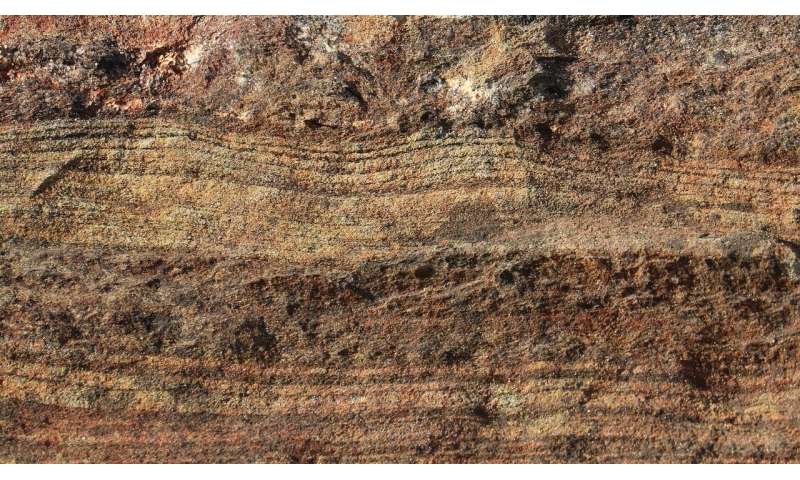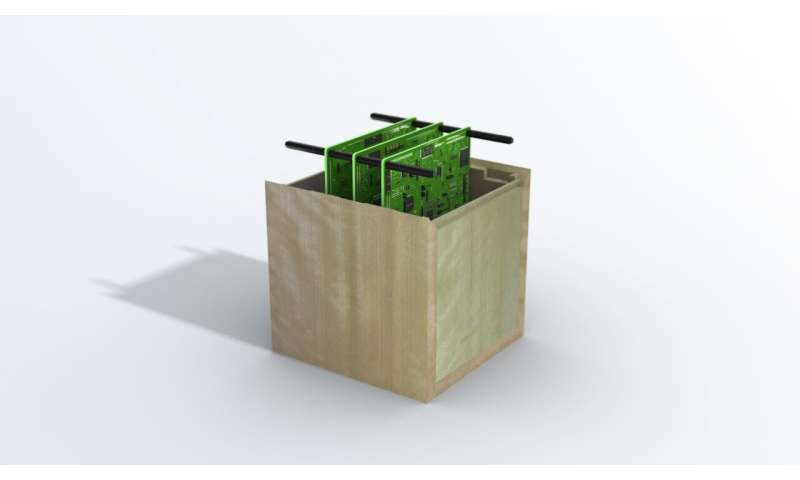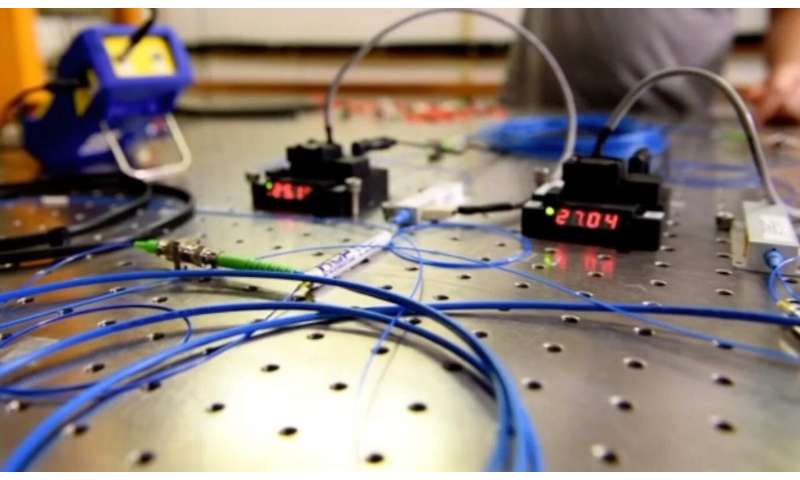To help trudge through the snow, the Chang'e-5 recovery team wore powered exoskeletons
Other worlds aren't the only difficult terrain personnel will have to traverse in humanity's exploration of the solar system. There are some parts of our own planet that are inhospitable and hard to travel over. Inner Mongolia, a northern province of China, would certainly classify as one of those areas, especially in winter. But that's exactly the terrain team members from the China Aerospace Science and Technology Corporation (CASTC) had to traverse on December 16th to retrieve lunar samples from the Chang'e-5 mission. What was even more unique is that they did it with the help of exoskeletons.
Strangely enough, the workers wearing the exoskeletons weren't there to help with a difficult mountain ascent, or even pick up the payload of the lunar lander itself (which only weighed 2 kg). It was to set up a communications tent to connect the field team back to the main CASTC headquarters in Beijing.
The exoskeletons were designed to help people carry approximately twice as much as they would be able to. Local state media described a single person carrying 50kg over 100m of the rough terrain without becoming tired. Setting up communications equipment isn't all the exoskeletons are good for though. They were most recently used by Chinese military logistics and medical staff in the Himalayas, where the country has been facing down the Indian military over a disputed line of control.
One advantage those workers had is that they didn't have to charge their suits. The exoskeletons used for the Chang'e-5 mission were unpowered. This was a conscious design decision, given the harsh environments the suits will operate in. Bad weather can knock out electrical systems, and a powered exoskeleton without any battery simply becomes more weight to carry rather than a helpful tool. However, they will be less useful in eliminating fatigue without the extra push of electric motors.
Powered or not, this is certainly not the last time such suits will be used on space exploration missions. Similar technology could help future space explorers navigate the terrain of even less hospitable environments off world. The suits would just need to hitch a ride on a rocket first












